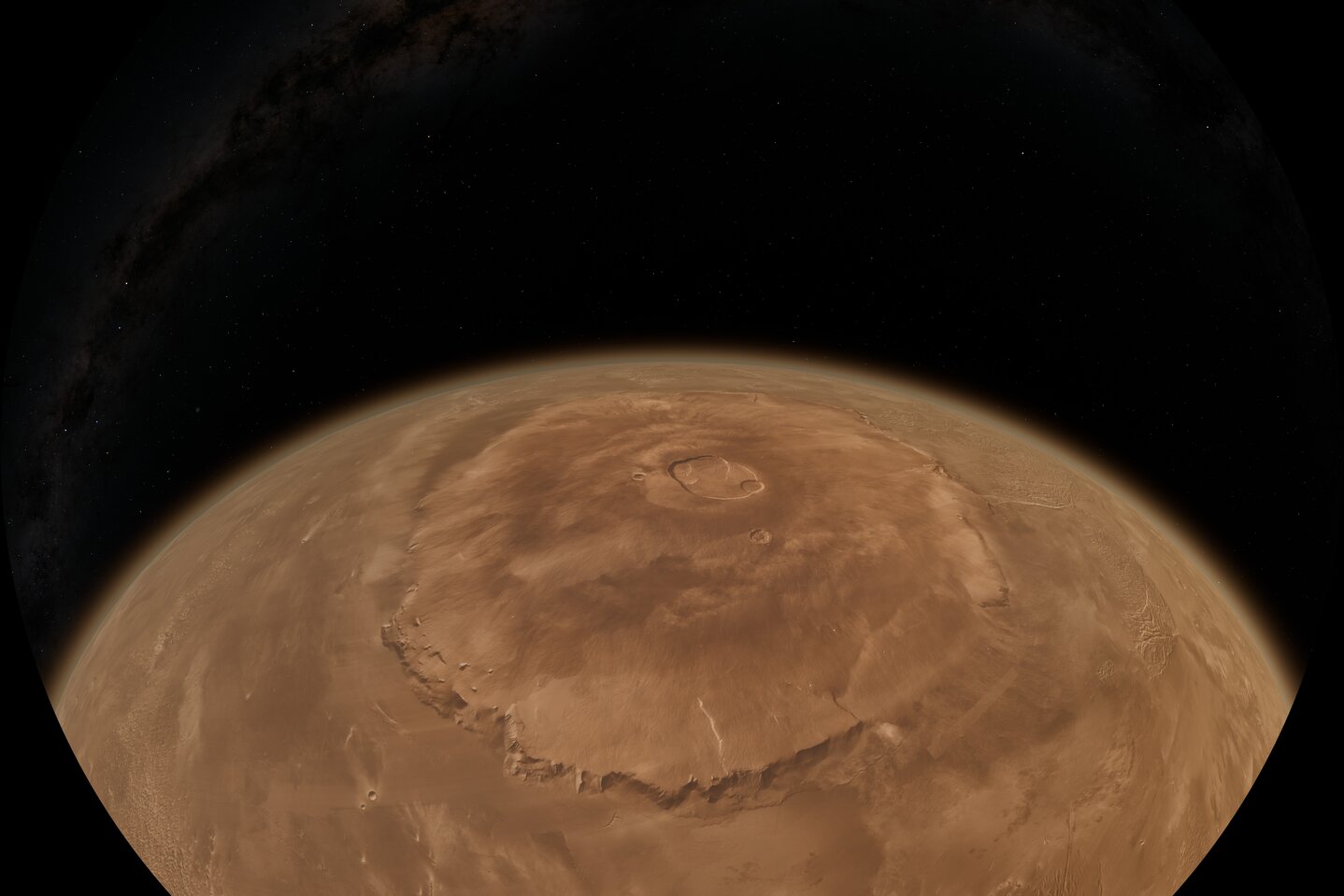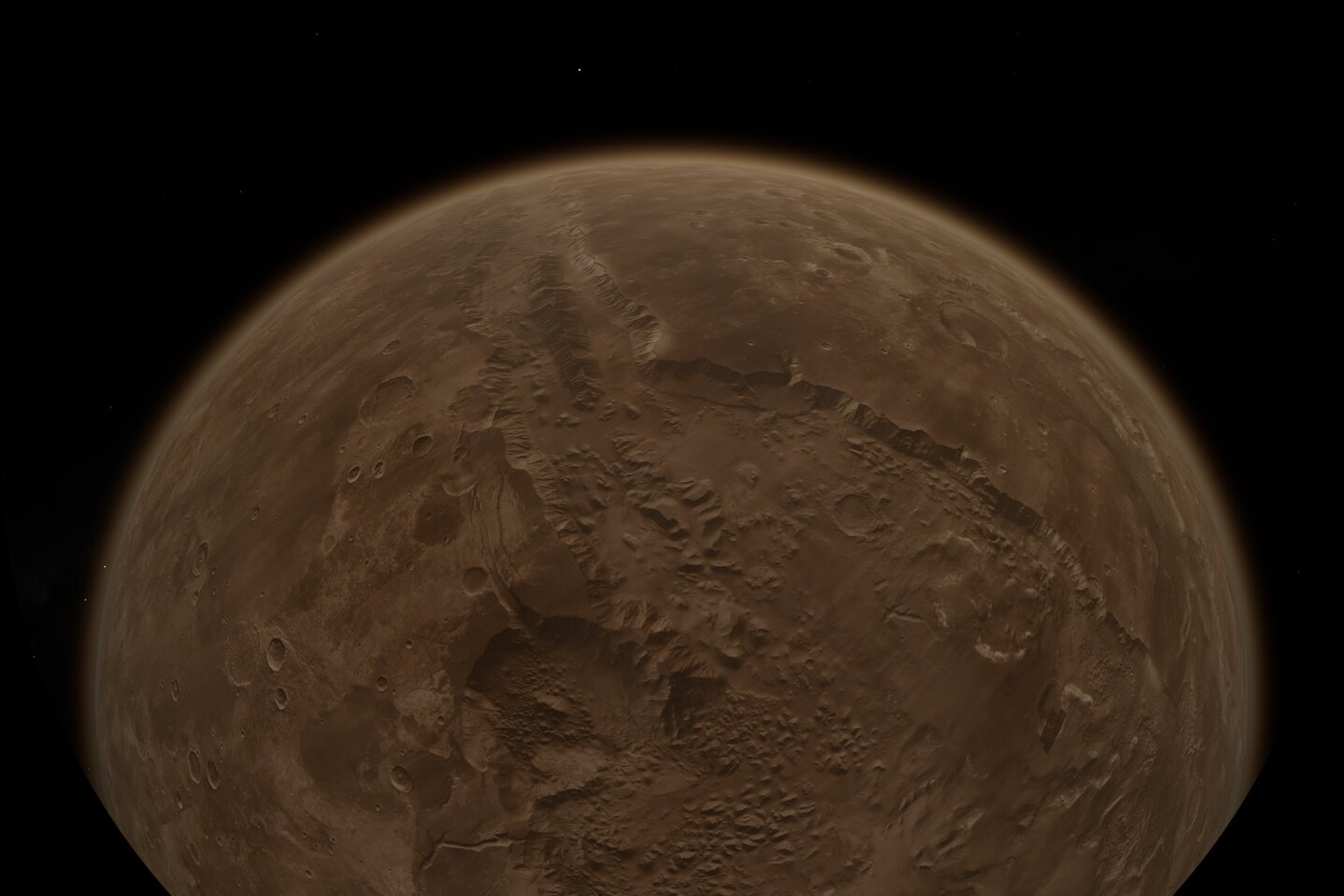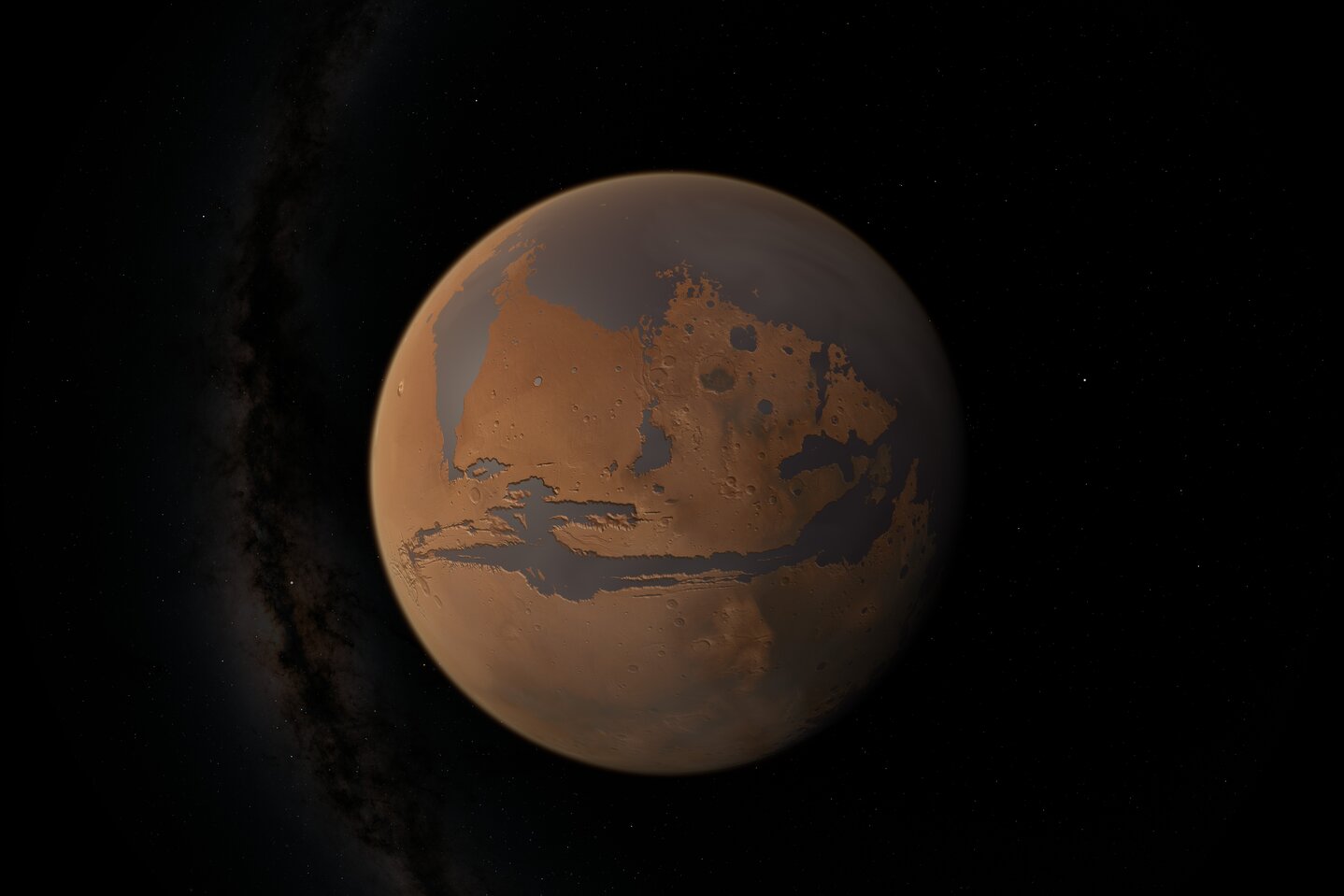
Our neighboring planet Mars is widely known as the red planet. This color alone tells us a lot about the past of the second smallest planet in our solar system.
Our solar system is about 4.5 billion. years old. During this time, it has evolved into our current neighborhood so that we can inhabit the Earth and explore space. The sun went from being an unpredictable young star to an astronomically reliable source of radiation and the planets went through different phases and developments until they reached the stability they have today.
Mars was no exception. We are currently talking about the following past:
4 billion. years ago, it had an active core similar to today's Earth, which enveloped the planet in a magnetic field. It was therefore protected from the sun's high-energy radiation and was not a red desert planet, but an active rocky planet with volcanism, weather phenomena and oceans. It had a denser atmosphere with precipitation and weather, more Earth-like, even if the climate was colder than we know it from Earth's history due to its distance from the sun.

However, this denser atmosphere came to an abrupt end around 2 billion years ago. years ago. Its small size makes for a weaker gravitational pull and so the activity of the core came to a standstill. The magnetic field disappeared and the merciless effects of the sun have been continuously dissolving the atmosphere of Mars ever since. Not only has the gas envelope become thinner and thinner, but the water on Mars' surface has disappeared, leaving behind valleys and lake basins, river ditches and cliffs. The best example of this is the huge trench system - the Valles Marineris.
In addition to these structures, it is also the color of its surface that points to this past. This color comes from rusty sand, which looks characteristically reddish in the light of the sun. Rust is formed when iron and oxygen react in the presence of water. This means that the rust dates back to the prehistoric age of Mars!
Although the water has disappeared from the surface, large ice and water reservoirs are still suspected underground and traces of them have already been found.
So the exploration of Mars remains exciting!
Author

Dorothea Holzschuh
Teamleader Planetarium


